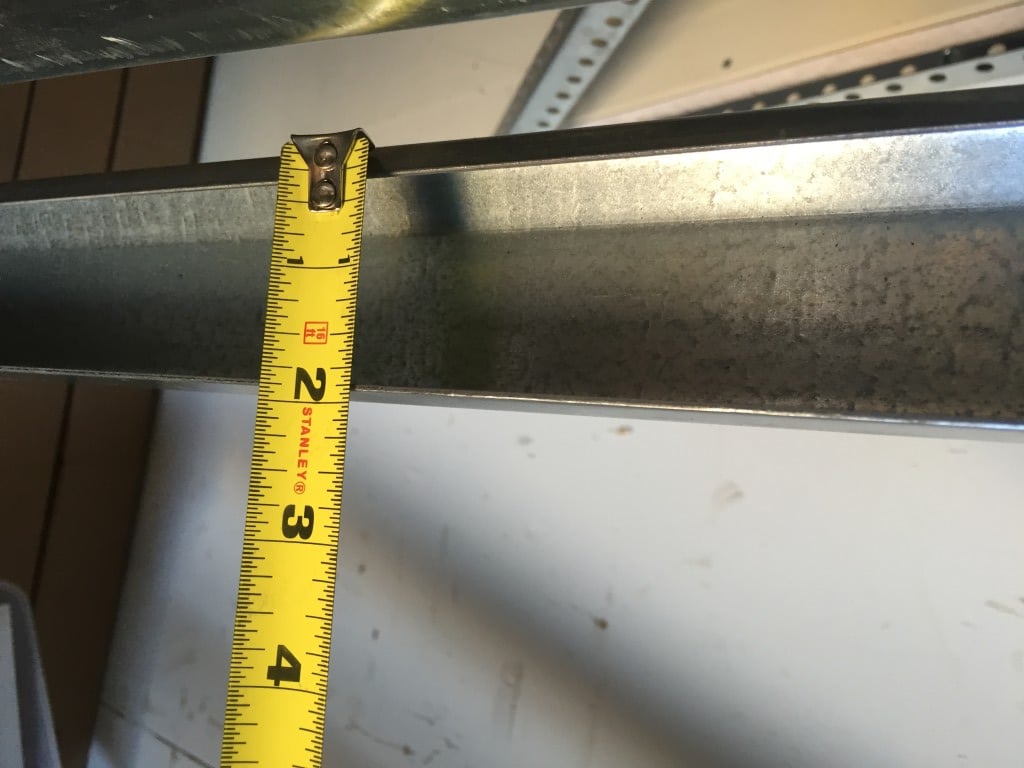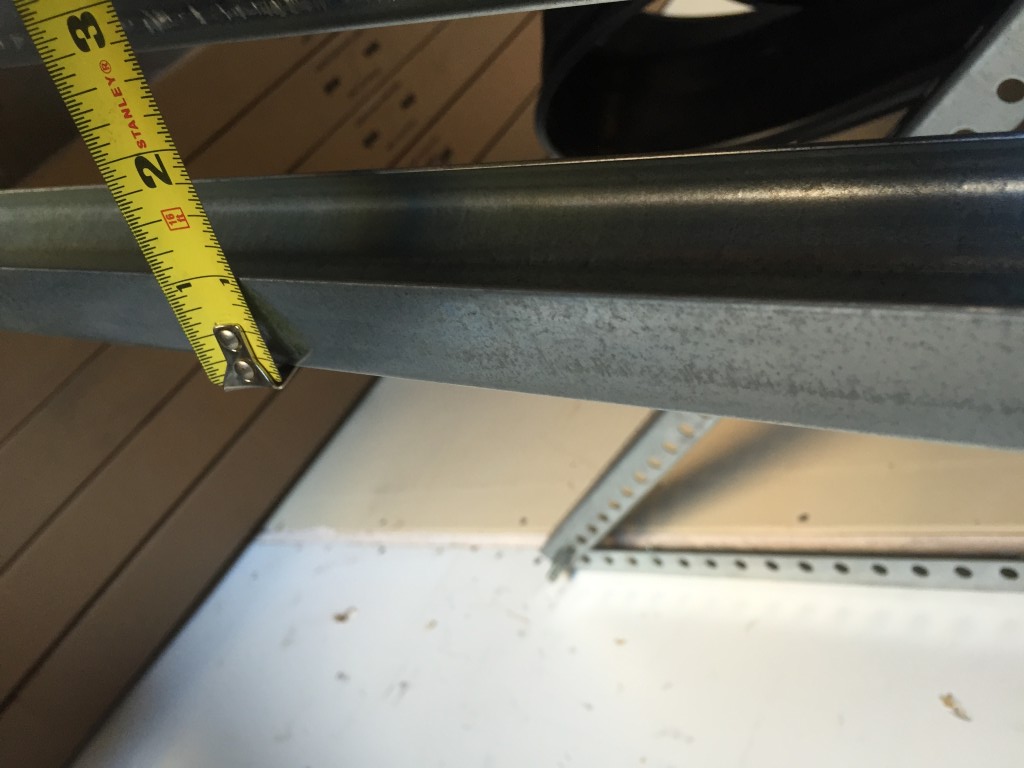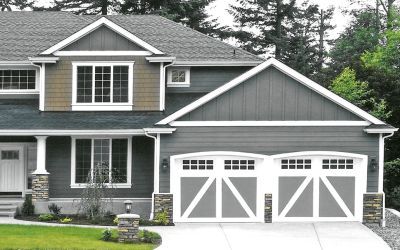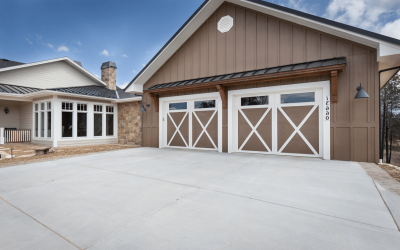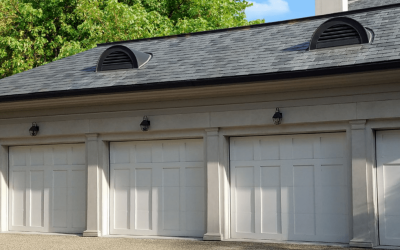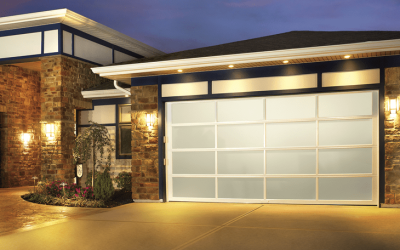Garage door tracks carry the rollers for your garage door and help the door to travel smoothly
up and down. The thickness of the garage door tracks is dependent on the weight of the garage
door. Originally most tracks were made of steel at a thickness of .083 to handle the weight of
solid wood garage doors. Now the standard for heavy wood doors is .075.
Garage door tracks are now galvanized to help reduce rusting and corrosion. With the lighter
steel door being manufactured today, track sizes have come down to most commonly .055″
inch, .062″ inch and .075″ inch.
These sizes are for the common 2″ inch track found in most
residential garage doors. While most 3″ inch tracks use .109″ inch steel.
Garage door tracks come in a variety of lengths as well for different application needs. There
are three basic lift types: standard lift, vertical lift and high lift.
Most residential doors use standard lift tracks. Standard lifts are comprised of a vertical track
that attaches to a curved track, then attaching to a horizontal track. This allows the door to
travel up to a location that is above and horizontal to the garage floor and down to a fully
closed position. Vertical tracks range from 6’4″ to 14’4″ to accommodate the different heights
of garage doors. Most residential garage doors are either 7′ foot or 8′ foot tall, although other
sizes can be found.
Garage door tracks can become damaged and need repair or replacement for a variety of
reasons, the most common being the door going off track, and bending or twisting the track.
They can also be stressed and damage from the weight of the door and from external elements
like rust and corrosion and foundations shifting. Damaged and broken rollers can also cause
significant damage to the garage door tracks. It is important to the function of the garage door
system to inspect the tracks periodically and repair or replace damaged sections, as well as
correcting the issue causing the track damage.
Rate this faq




